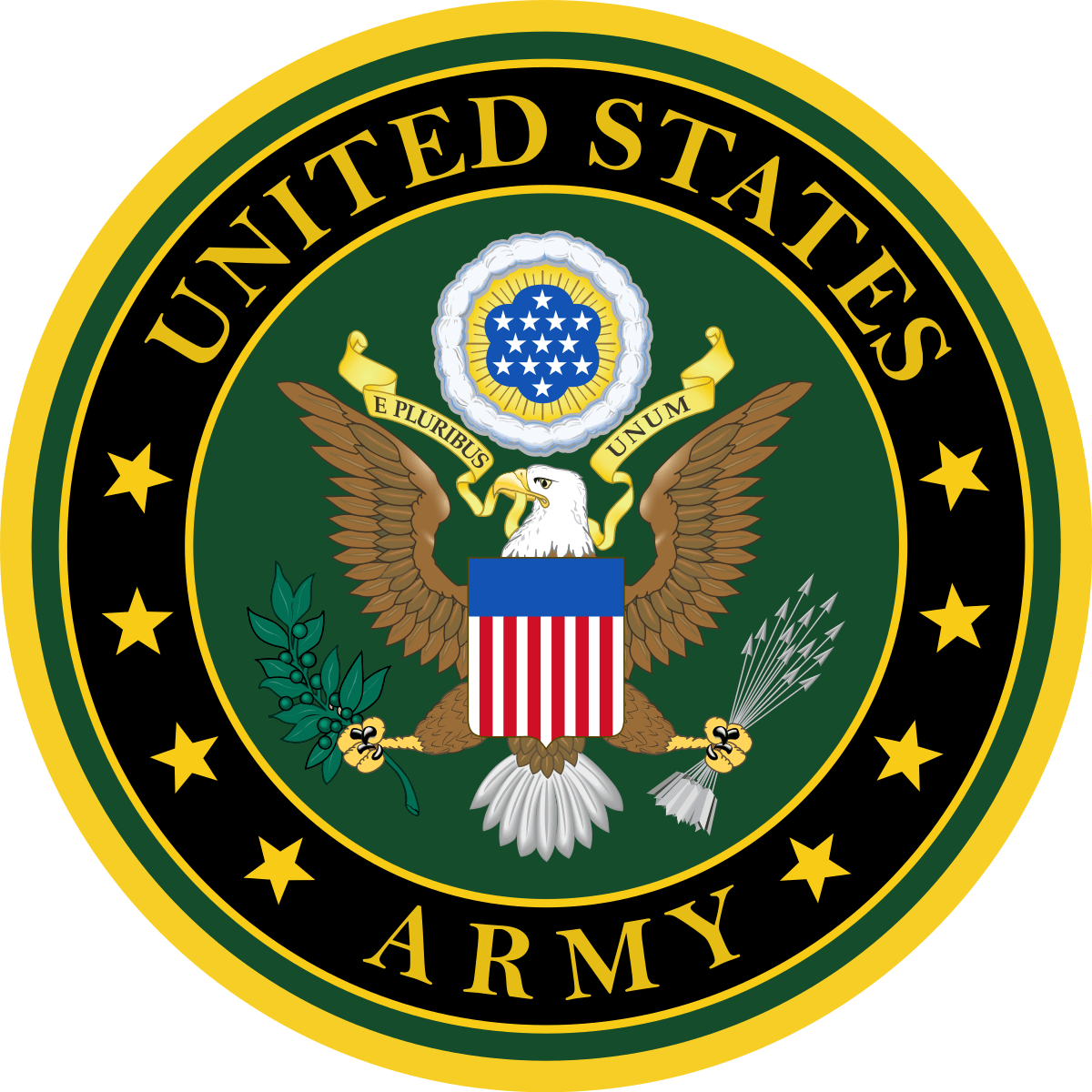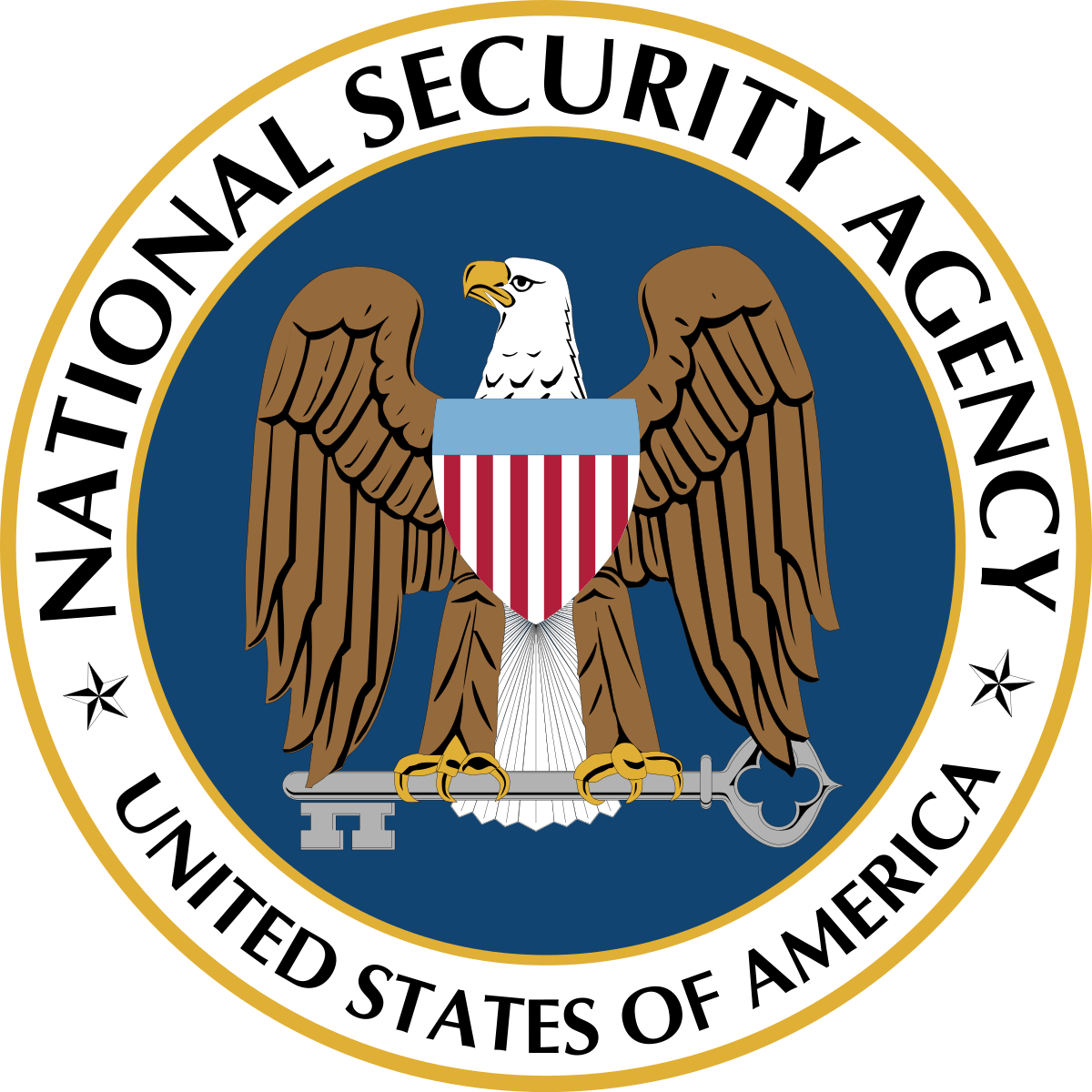Navy Mission and Vision Statement Analysis

The United States Navy mission statement is “to maintain, train and equip combat-ready Naval forces capable of winning wars, deterring aggression and maintaining freedom of the seas.” The statement echoes the fact that the Navy acknowledges that America is not immune to external threats through its seas. This is the reason this military arm remains alert and constantly striving to be the best version of itself when needed. The statement has the following components:
- Protecting lives
- Deterring aggression
- Maintenance of the freedom of seas
The first component covers the overall objective of having a constitutionally directed Navy – protecting the citizens. The second component directly relates to the first one in that, since the U.S. has suffered multiple attacks in the past, it is the duty of the Navy to ensure this does not recur in the future. That is why it stays updated and adequately equipped with the latest war machines and sufficient forces at all times. In addition to discouraging aggression, the Navy routinely patrols the seas to ensure that both its borders and the international water bodies are safe for people to use and explore.
Introduction
The United States Navy is proof of organizational resilience and commitment to course irrespective of any barriers or dynamics that come into the way. For over two centuries, the Navy has earned itself an undisputable reputation across the globe for its service to the people of the U.S. Its mission and vision statements have without a doubt been at the center of this impressive performance every year.
Theoretically, a vision statement indicates the desired future condition of an organization, while a mission statement outlines both the approaches and the primary activities that would guide the establishment towards the set vision. In this case analysis of the United States Navy, both the mission and the vision statements of this organization emphasize on the impact that the Navy has on the stability of the sea borders and territories of the U.S. The success of these mission and vision statements is backed by the core values of the Navy that keeps everyone focused on the primary purpose of this organization.
Vision Statement
The United States Navy vision statement is “we are an integrated Naval force that will provide maritime dominance for the Nation.” The emphasis of this vision statement is on the difference that the military unit can have on the U.S. maritime. It has the following key components:
- Integrated Naval force
- Provide maritime dominance
In the first component, this statement emphasizes on the complex structure and the persona of the Navy that makes it formidable. Such a reputation is what boosts its ability to boldly protect and keep the seas safe not only for U.S. citizens but also for the globe.
Core values
The United States Navy core values comprise “honor, courage, commitment.” This disciplined force is highly respected because of its guiding principles. For over 200 years, the Navy has stood tall as an entity with a culture encourages the soldiers to protect their nation and do the right things all the time.
References
Analoui, F., & Karami, A. (2002). CEOs and the development of the meaningful mission statement. Corporate Governance: The international journal of business in society, 2(3), 13-20.
Brătianu, C., & Bălănescu, G. V. (2008). Vision, mission and corporate values. A comparative analysis of the top 50 US companies. Management & Marketing, 3(3), 19-38.
Chun, R., & Davies, G. (2001). E-reputation: The role of mission and vision statements in positioning strategy. Journal of Brand Management, 8(4), 315-333.
Dermol, V. (2012). Relationship between mission statement and company performance. Analele Ştiinţifice ale Universităţii» Alexandru Ioan Cuza «din Iaşi. Ştiinţe economice, 59(1), 325-341.
Pearce II, J. A. (1982). The company mission as a strategic tool. Sloan Management Review (pre-1986), 23(3), 15.
Pearce, J. A., & David, F. (1987). Corporate mission statements: The bottom line. Academy of Management Perspectives, 1(2), 109-115.
Peyrefitte, J., & David, F. R. (2006). A content analysis of the mission statements of United States firms in four industries. International Journal of Management, 23(2), 296.
Rajasekar, J. (2013). A comparative analysis of mission statement content and readability. Journal of Management Policy and Practice, 14(6), 131-147.
Ross, A. (2018). A Tale of Two Navies: Geopolitics, Technology, and Strategy in the United States Navy and the Royal Navy. Naval War College Review, 71(1), 168-170.
Stemler, S. (2001). An overview of content analysis. Practical assessment, research & evaluation, 7(17), 137-146.
Tanković, A. Č. (2013). Defining strategy using vision and mission statements of Croatian organizations in times of crisis. Economic research-Ekonomska istraživanja, 26(sup1), 331-342.











